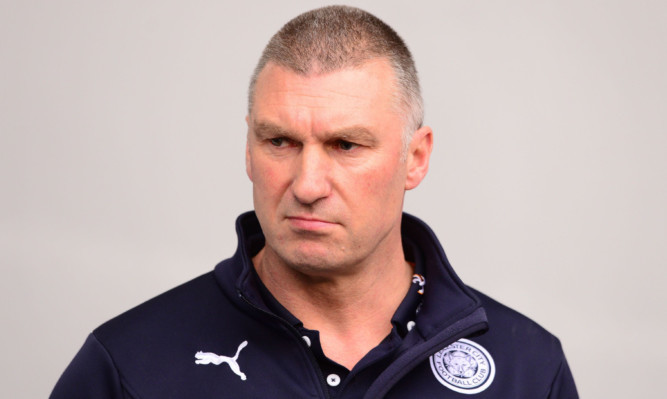
I doubt Nigel Pearson is too familiar with embarrassment. After all, in order to feel it, you have to believe you’re capable of being in the wrong.
Despite the Leicester manager’s apology to the young reporter he publicly savaged last week, I’m not sure he’s such a person.
Plenty of others were utterly embarrassed by his conduct, however including yours truly. I thought Pearson was completely out of order. Not for the first time, either. And I think it’s high time moves are made to mend the increasingly combative relationship between football and the Press.
Football people and journalists being at loggerheads isn’t a new phenomenon. It’s been going on since I was a player and before. The difference between then and now, however, is distance.
In my day, players, managers and journalists would mingle regularly socialise even. If they fell out, they could mend issues with no fuss, on the phone or face-to-face. Nowadays, that doesn’t happen.
In the Premier League and the Scottish Premiership, club employees and journalists are completely segregated. Access is granted once a week, maybe twice, and who speaks to who is tightly controlled. That level of separation has led to an “us and them” mentality and I believe that contributes hugely to incidents like Nigel Pearson’s.
In an ideal world, freedom would exist for players, managers and journalists to interact as they like, but that’s just not going to happen. The clubs simply won’t allow it. There’s too much at stake for them. But they DO have a responsibility to act.
They, along with PFA, the LMA, the Premier League and the FA, must set standards for players and managers when it comes to dealing with the media.
Training should be mandatory for everyone inside the game who may have to face journalists, and minimum access standards should be set.
If the present atmosphere of strict segregation is relaxed as a result and players and managers attend press conferences and respond to questions professionally it would make a world of difference.
On the Continent, they have got this sussed already. Clubs could not be more helpful to the media because they know the media serves a vital function.
On these shores, as ever, we are lagging behind.
And that’s something everyone involved in the game should feel embarrassed about.

Enjoy the convenience of having The Sunday Post delivered as a digital ePaper straight to your smartphone, tablet or computer.
Subscribe for only £5.49 a month and enjoy all the benefits of the printed paper as a digital replica.
Subscribe